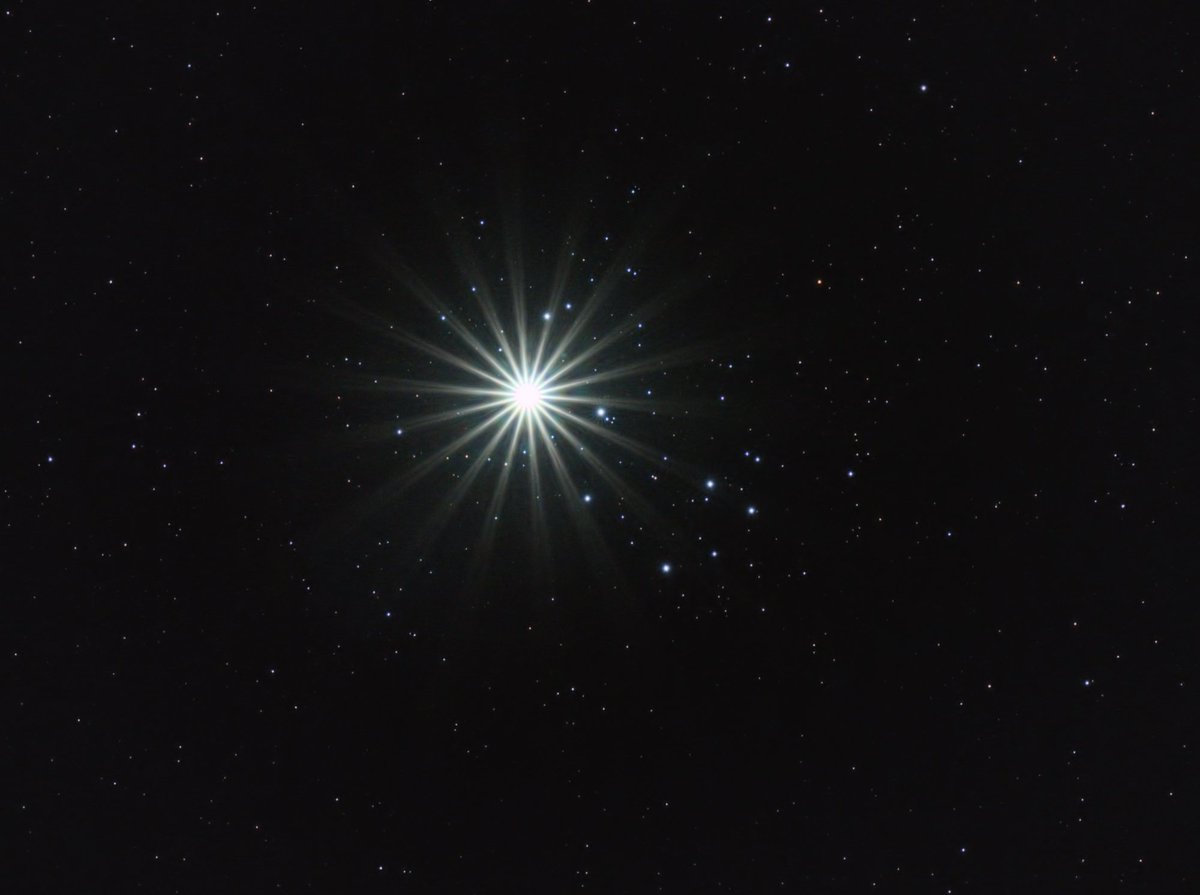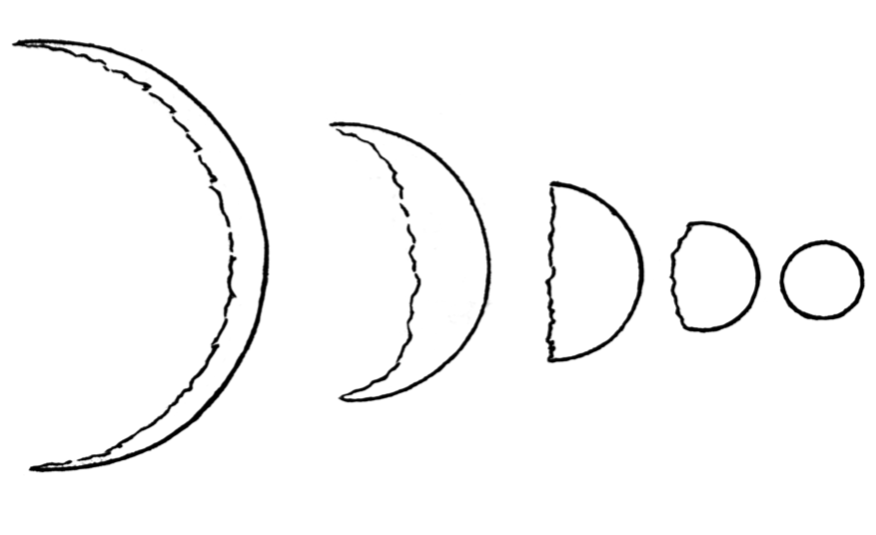
Astronomer. Historian. Arizona native. Proud LGBT American. 🏳️🌈 Retiring to asteroid 14505. @JohnBarentine@astrodon.social
How to get URL link on X (Twitter) App


 The other such point is at the September equinox, which this year happens on 23rd September at 06:50 UTC. Here's the simulation from that date. Note that the positions of the equator and colure are the same, but the angle of the ecliptic line changes.
The other such point is at the September equinox, which this year happens on 23rd September at 06:50 UTC. Here's the simulation from that date. Note that the positions of the equator and colure are the same, but the angle of the ecliptic line changes. 

 In the 1st, a Perspective with @salvabara et al., we argue astronomers should be concerned about the aggregate effects of satellite megaconstellations on astronomy. And we suggest that they are significant beyond impacts to our science.
In the 1st, a Perspective with @salvabara et al., we argue astronomers should be concerned about the aggregate effects of satellite megaconstellations on astronomy. And we suggest that they are significant beyond impacts to our science.
https://twitter.com/Gizmodo/status/1630249667765125122.@SpaceX published info about v2 Mini on api.starlink.com/public-files/G…


 Turns out that yesterday "a magnetic filament connected to sunspot AR3229 erupted on Feb. 24th, producing a chain reaction of events that could lead to a geomagnetic storm on Earth." (per @spaceweather)
Turns out that yesterday "a magnetic filament connected to sunspot AR3229 erupted on Feb. 24th, producing a chain reaction of events that could lead to a geomagnetic storm on Earth." (per @spaceweather)

 Long story short: an asteroid nearly 20 meters in diameter whose orbit intersected that of the Earth came down over Russia one early February morning. It exploded 30 km above the ground. The event released the energy equivalent of 400–500 kilotons of TNT.
Long story short: an asteroid nearly 20 meters in diameter whose orbit intersected that of the Earth came down over Russia one early February morning. It exploded 30 km above the ground. The event released the energy equivalent of 400–500 kilotons of TNT.https://twitter.com/ronlieber/status/1344363653236191238That's what I was literally told by my university bursar's office in the mid-90's: you will fork over everything you have first, then your family will fork over whatever the federal government determines it's capable of paying. After that's exhausted you can have some free money.




 Humanity didn't get a close-up view of Venus until the invention of the telescope around the turn of the 17th century. When they did, they noticed something odd: it goes through phases, like the Earth's Moon. Galileo Galilei was the first to publish this fact, in 1623.
Humanity didn't get a close-up view of Venus until the invention of the telescope around the turn of the 17th century. When they did, they noticed something odd: it goes through phases, like the Earth's Moon. Galileo Galilei was the first to publish this fact, in 1623. 